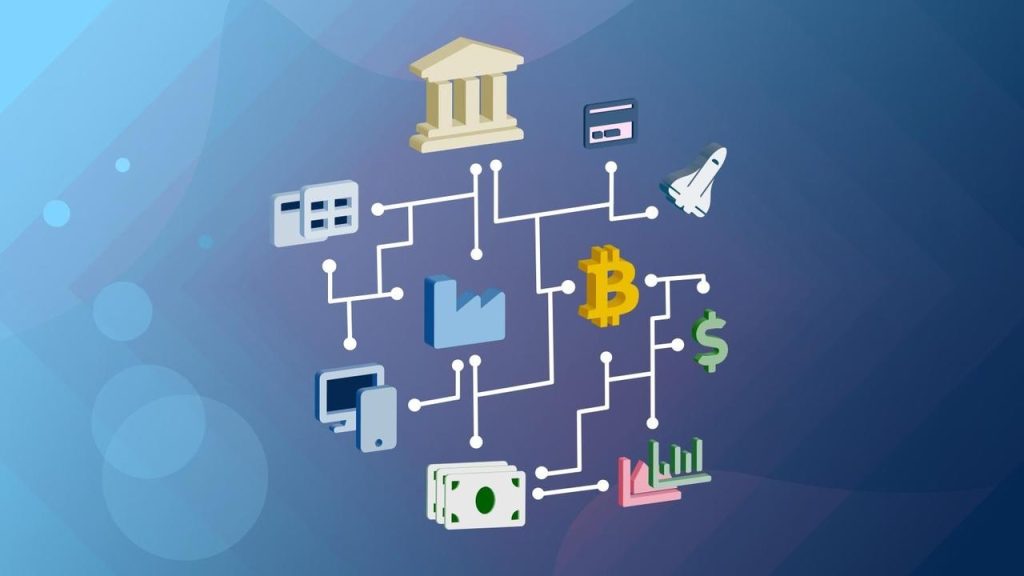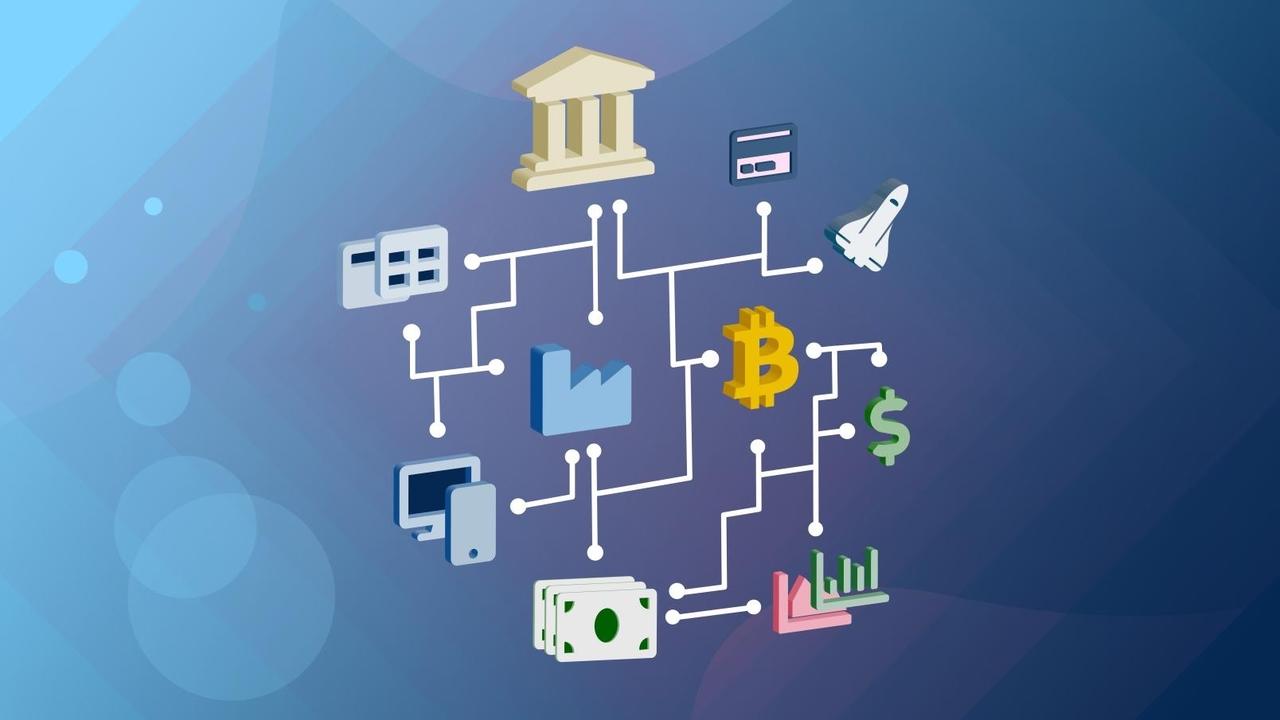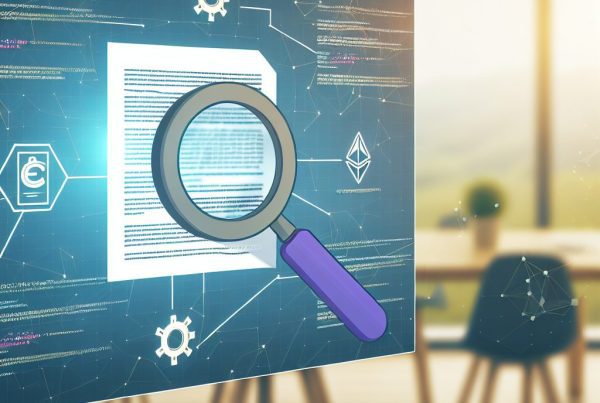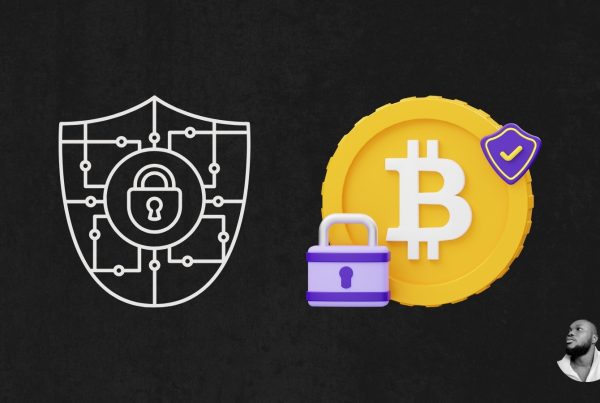The decentralized finance (DeFi) sector has emerged as a revolutionary force within the cryptocurrency industry, fundamentally altering how financial services are delivered and consumed. As we look ahead to 2025 and beyond, several key trends are poised to shape the future of finance through DeFi. This article delves into these trends, providing insights into their implications, real-world applications, and the potential they hold for transforming traditional financial systems.
Understanding DeFi: A Brief Overview
Decentralized finance refers to a broad category of financial applications in cryptocurrency or blockchain geared toward disrupting financial intermediaries. DeFi leverages smart contracts on blockchains, primarily Ethereum, to offer services such as lending, borrowing, trading, and earning interest without the need for traditional banks or financial institutions.
Key characteristics of DeFi include:
- Transparency: All transactions are recorded on the blockchain, providing a public ledger that anyone can audit.
- Accessibility: DeFi platforms are open to anyone with an internet connection, removing barriers to entry.
- Interoperability: Many DeFi applications can work together, allowing users to move assets seamlessly across platforms.
- Programmability: Smart contracts automate processes, reducing the need for manual intervention and increasing efficiency.
Trend 1: Increased Institutional Adoption
As the DeFi ecosystem matures, institutional players are beginning to recognize its potential. Major financial institutions are exploring ways to integrate DeFi solutions into their operations. For instance, firms like JPMorgan and Goldman Sachs have started to offer crypto-related services, signaling a shift in how traditional finance views digital assets.
Institutional adoption is driven by several factors:
- Yield Generation: DeFi platforms often provide higher yields compared to traditional savings accounts, attracting institutional capital.
- Hedging Opportunities: Institutions are using DeFi to hedge against market volatility and inflation.
- Innovation: The rapid pace of innovation in DeFi offers institutions new tools and strategies for asset management.
Trend 2: Regulatory Developments
As DeFi continues to grow, regulatory scrutiny is increasing. Governments worldwide are beginning to establish frameworks to govern DeFi activities. The U.S. Securities and Exchange Commission (SEC) and other regulatory bodies are working to create guidelines that ensure consumer protection while fostering innovation.

Key regulatory trends include:
- Licensing Requirements: Some jurisdictions may require DeFi platforms to obtain licenses to operate legally.
- Taxation Policies: Governments are looking at how to tax DeFi transactions, which could impact user behavior.
- Consumer Protection: Regulations may focus on protecting users from fraud and ensuring transparency in DeFi protocols.
Trend 3: Layer 2 Solutions and Scalability
Scalability remains a significant challenge for DeFi platforms, particularly those built on Ethereum. Layer 2 solutions, such as Polygon and Optimism, are gaining traction as they offer faster transaction speeds and lower fees by processing transactions off the main Ethereum chain.
Benefits of Layer 2 solutions include:
- Reduced Congestion: By offloading transactions, Layer 2 solutions alleviate congestion on the Ethereum network.
- Lower Costs: Users can enjoy significantly reduced transaction fees, making DeFi more accessible.
- Enhanced User Experience: Faster transaction times improve the overall user experience, encouraging more participation in DeFi.
Trend 4: Cross-Chain Interoperability
The future of DeFi will likely involve greater cross-chain interoperability, allowing users to move assets seamlessly between different blockchain networks. Projects like Cosmos and Polkadot are leading the charge in creating ecosystems where various blockchains can communicate and interact.
Advantages of cross-chain interoperability include:
- Diverse Asset Access: Users can access a wider range of assets and DeFi services across multiple blockchains.
- Increased Liquidity: Cross-chain solutions can enhance liquidity by allowing assets to flow freely between platforms.
- Innovation Opportunities: Developers can create new applications that leverage the strengths of multiple blockchains.
Trend 5: Decentralized Autonomous Organizations (DAOs)
DAOs are becoming a fundamental part of the DeFi landscape, enabling communities to govern projects collectively. These organizations operate through smart contracts, allowing token holders to vote on proposals and decisions affecting the project.
Key features of DAOs include:
- Community Governance: DAOs empower users to have a say in the direction of projects, fostering a sense of ownership.
- Transparency: All decisions and voting outcomes are recorded on the blockchain, ensuring accountability.
- Incentive Alignment: Token holders are incentivized to act in the best interest of the DAO, promoting long-term sustainability.
Trend 6: Integration of Artificial Intelligence (AI)
The integration of AI into DeFi platforms is set to enhance decision-making processes and improve user experiences. AI can analyze vast amounts of data to provide insights, automate trading strategies, and enhance risk management.
Potential applications of AI in DeFi include:
- Predictive Analytics: AI can forecast market trends, helping users make informed investment decisions.
- Fraud Detection: Machine learning algorithms can identify suspicious activities and enhance security measures.
- Personalized Financial Services: AI can tailor financial products to individual user needs, improving customer satisfaction.
Trend 7: Enhanced User Experience and Education
As DeFi continues to attract a broader audience, enhancing user experience and education will be crucial. Many users still find DeFi platforms complex and intimidating. Simplifying interfaces and providing educational resources can help onboard new users.
Strategies for improving user experience include:
- User-Friendly Interfaces: DeFi platforms are increasingly focusing on intuitive designs that cater to both novice and experienced users.
- Educational Initiatives: Offering tutorials, webinars, and resources can empower users to navigate DeFi confidently.
- Community Engagement: Building strong communities around DeFi projects fosters support and knowledge sharing among users.
Trend 8: Sustainable Finance and Green DeFi
As environmental concerns grow, the DeFi sector is beginning to address sustainability. Green DeFi initiatives focus on creating eco-friendly financial solutions that minimize carbon footprints. Projects like ImpactMarket are leading the way by integrating social impact with DeFi.
Key aspects of sustainable finance in DeFi include:
- Carbon Offsetting: DeFi projects are exploring ways to offset their carbon emissions through various initiatives.
- Funding Renewable Projects: Some DeFi platforms are dedicated to financing renewable energy projects, promoting sustainability.
- Community Impact: Green DeFi initiatives often focus on social impact, supporting communities in need.
Real-World Applications of DeFi Trends
The trends discussed above are not just theoretical; they are already being implemented in various real-world applications. For instance, Aave, a leading DeFi lending platform, has integrated features that allow users to earn interest on their deposits while borrowing against their crypto assets. This model exemplifies how DeFi can provide financial services without traditional intermediaries.
Another example is Uniswap, a decentralized exchange that allows users to trade cryptocurrencies directly from their wallets. Uniswap’s automated market-making model has revolutionized trading by eliminating the need for order books and centralized exchanges.
FAQs About DeFi Trends
What is DeFi?
DeFi, or decentralized finance, refers to financial services that operate on blockchain technology, allowing users to lend, borrow, trade, and earn interest without traditional intermediaries.
How does DeFi differ from traditional finance?
DeFi operates on decentralized networks, providing transparency, accessibility, and programmability, while traditional finance relies on centralized institutions and intermediaries.
What are the risks associated with DeFi?
Risks include smart contract vulnerabilities, market volatility, regulatory uncertainty, and potential loss of funds due to hacks or scams.
How can I get started with DeFi?
To get started with DeFi, you need a cryptocurrency wallet, some crypto assets, and an understanding of the platforms you wish to use. It’s advisable to start with small amounts and gradually increase your involvement as you gain experience.
Conclusion
The future of finance is being reshaped by the rapid evolution of decentralized finance. As trends such as institutional adoption, regulatory developments, and technological advancements continue to unfold, the DeFi landscape will become increasingly sophisticated and integrated into the broader financial ecosystem. By embracing these trends, individuals and institutions alike can harness the power of DeFi to create a more inclusive, efficient, and innovative financial future.
The Crypto Watchlist of the Week 🔎
Subscribe to receive expert-curated projects with real potential—plus trends, risks, and insights that matter. Get handpicked crypto projects, deep analysis & market updates delivered to you.



